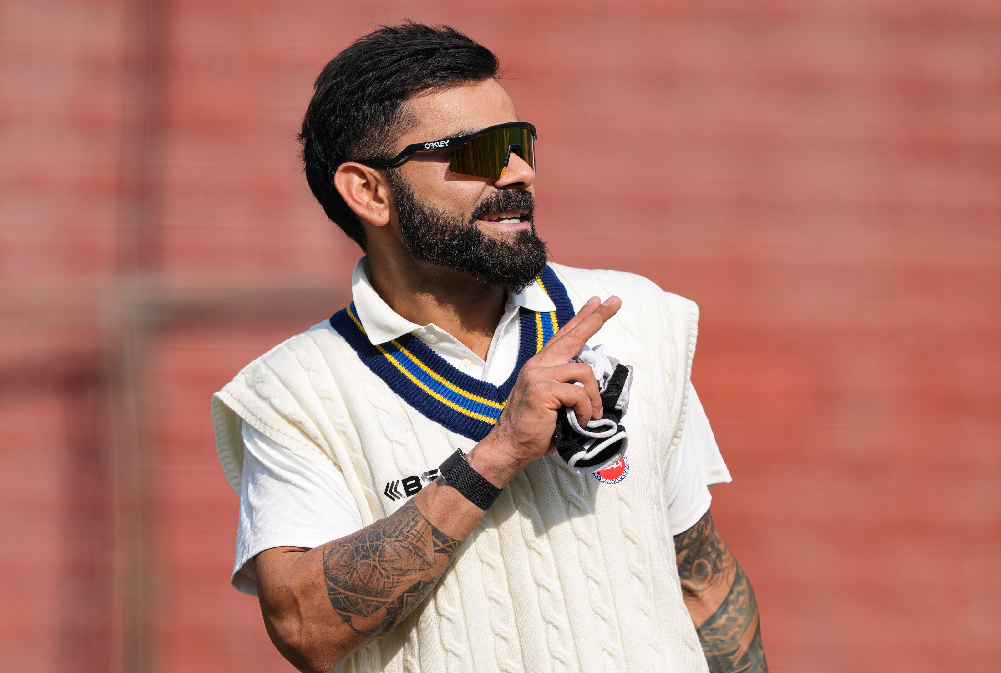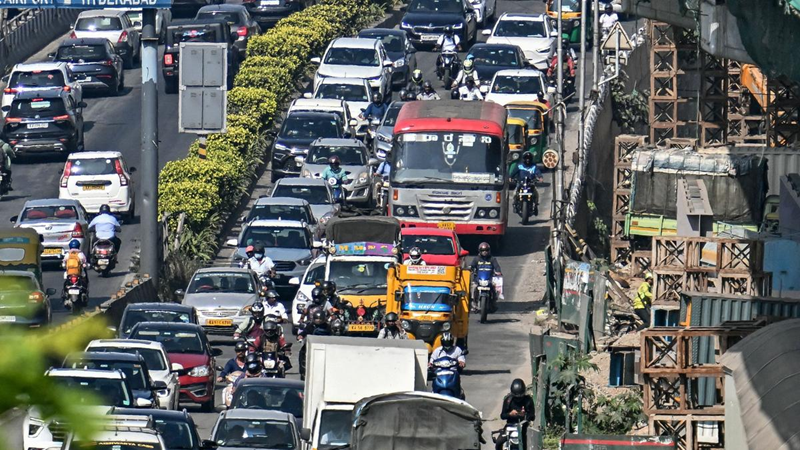
Free power: Big gift for many, woes for others
As per the pre-poll promise, the State government has announced upto 200 units of free electricity for the people of Karnataka. However, recently it has increased the tariff of electricity in order to balance out the loss to be incurred due to the free power Bescom consumers who are not eligible for free power, have to pay 51 paisa extra per unit from July 1 to September 30.
From October 1 to December 31, 50 paise extra needs to be paid for every unit of electricity. The price revision has been done to get back the energy adjustment fee.
Similarly, Mescom consumers have to pay 47 paise per unit from July 1 to September 30 and 46 paise from October 1 to December 31, and Cescom (Mysuru) consumers have to pay 41 paise more for every unit from July 1 to December 31 while Hescom (Hubballi-Dharwad) consumers have to shell out 50 paise more for every unit from July 1 to December 31. Gescom (Kalaburagi) consumers have to pay 34 paise per every unit extra from July 1 to September 30 and 33 paise for every unit from October 1 to December 31. Bescom, which has made the highest tariff revision amongst the state discoms, has additionally applied for an electricity tariff revision with KERC.
The state government’s guarantee of providing up to 200 units of free power can be availed from July 1 by households whose average power consumption is below 200 units. The average monthly consumption over the last 12 months is taken into consideration to decide if a power consumer is eligible for free power or not. Free 200 units power does not mean no bills have to be paid. The consumer will have to pay mandatory fixed charges. The government, it seems, has studied the Delhi discom model, but has not replicated it. It has derived a new hybrid model for Karnataka. According to the state government’s calculation, there are 2.14 crore power consumers in Karnataka and the average power consumption per household is 53- 54 units.
This scheme is thus aimed to help 96 percent of consumers. Only around four percent of the 2.14 crore consumers are those with average monthly consumption above 200 units and they will have to shell out the whole amount for the power they consume.
The State government has said that all the consumers who consume lesser electricity units than the eligible average (which was taken based on the usage in 2022- 23), will get a zero-electricity bill. The government also said that the existing Bhagya Jyothi, Kuteera Jyothi, and Amrutha Jyothi schemes would be merged with the Gruha Jyothi scheme.
To seek the benefits, the consumer will have to apply in the Seva Sindhu portal and link the customer ID/Account ID with the Aadhaar number. This clause has been included to ensure that there is no misuse of benefit by any consumer by holding multiple connections or even by owners.
The tenants can submit their rental agreements on the Seva Sindhu portal to become beneficiaries of the Gruha Jyothi scheme. The financial assistance to Escoms to implement the scheme will be given in advance next month after the fuel and power purchase cost adjustment is arrived at, by the government.
So, the free power is not actually totally free. It will be provided free, after the energy adjustment fee, which includes the fuel and power purchase costs adjusted by the discoms, who have already hiked the tariff, and like Bescom, might apply for an additional tariff revision with the KERC.
In the end, the revised tariff burden will be passed on to the 4% consumers, who are ineligible for the scheme. And they are already shelling out more as consumer unit rates for domestic electricity consumption are, as it is, on the higher side in Karnataka, particularly in Bescom jurisdiction.
 English daily published in Bengaluru & Doha
English daily published in Bengaluru & Doha






